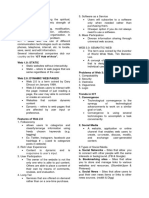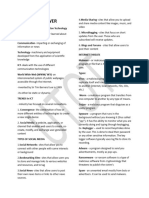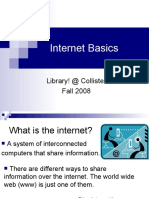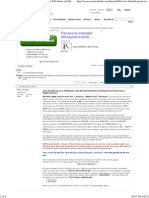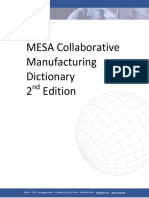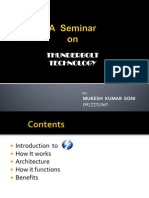0% found this document useful (0 votes)
38 views5 pagesText
The document provides comprehensive notes on Information and Communication Technology for Form Two students, covering topics such as the Internet, email systems, spreadsheet applications, and presentation applications. It includes definitions of key terminologies, basic requirements for internet connectivity, netiquette guidelines, and step-by-step instructions for creating email accounts and using spreadsheet software. Additionally, it outlines the importance of presentation applications and principles for effective presentation design.
Uploaded by
nuhuarahman13Copyright
© © All Rights Reserved
We take content rights seriously. If you suspect this is your content, claim it here.
Available Formats
Download as TXT, PDF, TXT or read online on Scribd
0% found this document useful (0 votes)
38 views5 pagesText
The document provides comprehensive notes on Information and Communication Technology for Form Two students, covering topics such as the Internet, email systems, spreadsheet applications, and presentation applications. It includes definitions of key terminologies, basic requirements for internet connectivity, netiquette guidelines, and step-by-step instructions for creating email accounts and using spreadsheet software. Additionally, it outlines the importance of presentation applications and principles for effective presentation design.
Uploaded by
nuhuarahman13Copyright
© © All Rights Reserved
We take content rights seriously. If you suspect this is your content, claim it here.
Available Formats
Download as TXT, PDF, TXT or read online on Scribd
/ 5



































